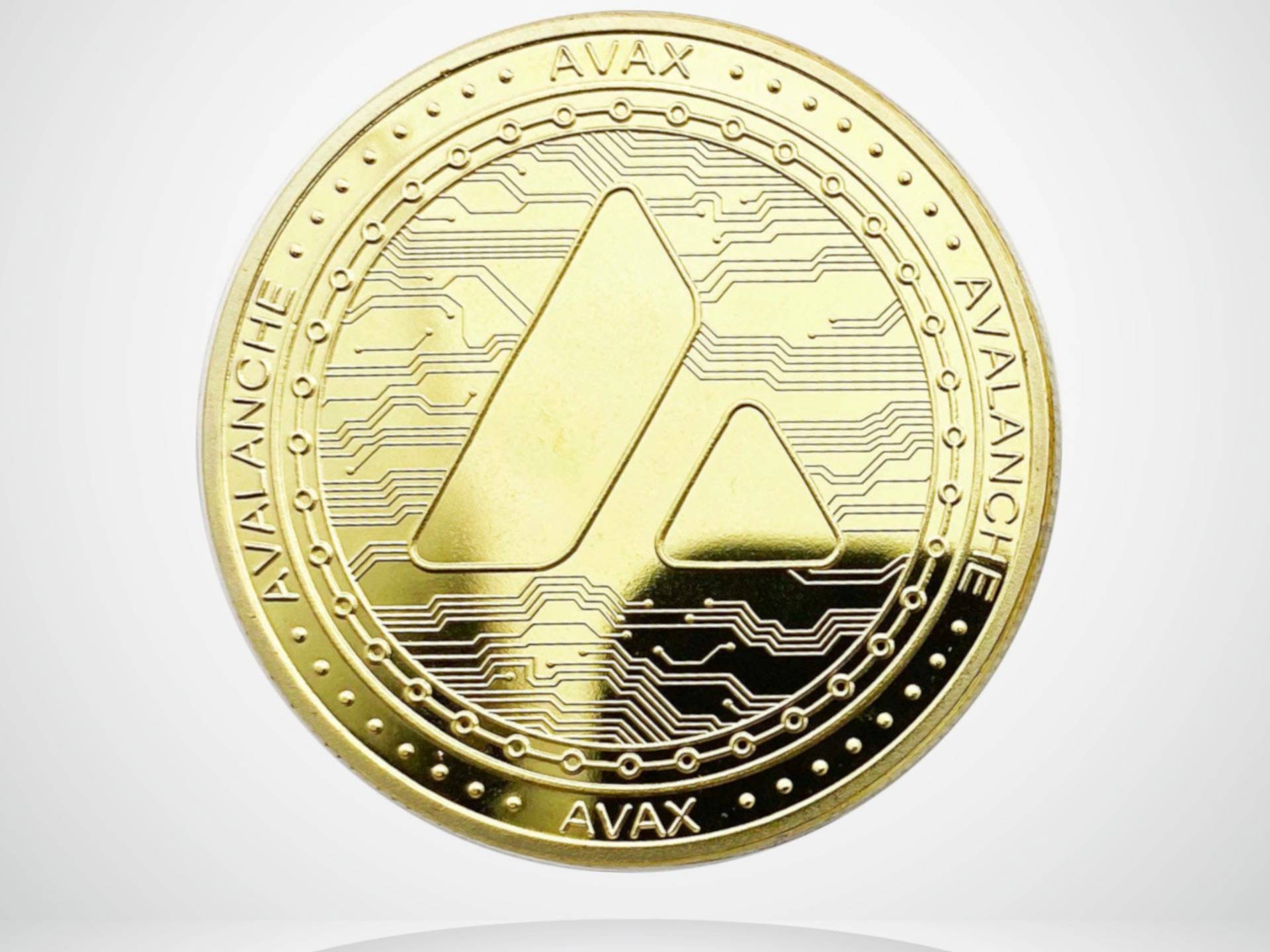위키 구독하기
Share wiki
Bookmark
Avalanche (AVAX)
Avalanche (AVAX)
Avalanche(AVAX) 토큰은 Avalanche 플랫폼의 네이티브 토큰이며, 스테이킹을 통한 네트워크 보안, P2P 거래, 수수료 지불, 그리고 Avalanche 플랫폼에서 생성된 여러 서브네트워크 간의 기본 계정 단위 제공에 사용됩니다. [1][2][3]
토큰 경제학
Avalanche의 initial coin offering (ICO)는 2020년 7월 15일에 종료되었고, 같은 해 9월에 메인넷이 출시되었습니다.
$AVAX의 총 공급량은 7억 2천만 개입니다. 출시 당시 3억 6천만 AVAX(50%)가 프라이빗 및 퍼블릭 세일을 통해 발행 및 판매되었습니다. 나머지 3억 6천만 AVAX(50%)는 향후 수십 년 동안 스테이킹 보상으로 배포됩니다. [2]
- 2.5% - 시드 세일, 메인넷 출시 시 10%가 출시되고 나머지는 3개월마다 출시됩니다.
- 3.5% - 프라이빗 세일, 메인넷 출시 시 10%가 출시되고 나머지는 3개월마다 출시됩니다.
- 10% - 퍼블릭 세일, 메인넷 출시 시 10%가 출시되고 나머지 15%는 18개월에 걸쳐 3개월마다 출시됩니다.
- 9.26% - 재단에 할당, 10년에 걸쳐 출시됩니다.
- 7% - 커뮤니티 기금, 12개월에 걸쳐 출시됩니다.
- 0.27% - 테스트넷 인센티브 프로그램, 1년에 걸쳐 출시됩니다.
- 5% - 전략적 파트너, 4년에 걸쳐 출시됩니다.
- 2.5% - 에어드롭, 4년에 걸쳐 출시됩니다.
- 10% - 팀, 4년에 걸쳐 출시됩니다.
- 50% 스테이킹 보상. [4]
$AVAX 특징
- 스테이킹을 위해 검증자가 사용하는 자원은 해당 검증자의 총 스테이크에 비례합니다.
- 검증이를 위해 검증자가 축적한 보상은 해당 검증자의 총 스테이크에 비례합니다.
- 스테이크를 더 오래 잠그는 검증자에게 더 많은 보상이 주어집니다.
- 검증자는 보상이 가동 증명 및 정확성 증명을 기반으로 하기 때문에 온라인 상태를 유지하고 올바르게 작동하도록 유도됩니다.
- $AVAX는 거버넌스 가능합니다. 7억 2천만 개의 최대 상한선에 도달하는 속도는 거버넌스에 따라 달라집니다.
- 수수료는 특정 검증자에게 지불되지 않습니다. 대신 소각되어 $AVAX의 희소성이 증가합니다. [4]
합의 메커니즘
Avalanche 블록체인 네트워크는 X-체인, P-체인, C-체인의 세 가지 주요 체인으로 구성됩니다. 각 체인은 고유한 역할과 기능을 가지고 있습니다. [2]
X-체인은 Avalanche 네트워크의 주요 체인이며 자산 및 스마트 계약 생성 및 전송을 담당합니다. X-체인은 AVAX 토큰과 같은 네이티브 자산과 Avalanche 자산 정의 언어(AADL)를 사용하여 생성된 토큰과 같은 사용자 지정 자산을 모두 지원합니다. X-체인은 Ethereum에서 사용되는 것과 동일한 프로그래밍 언어인 Solidity로 작성된 스마트 계약도 지원합니다. [2]
P-체인 또는 플랫폼 체인은 서브넷, 검증자 및 거버넌스 생성 및 관리와 같은 네트워크 운영을 관리합니다. P-체인은 간단한 결제부터 복잡한 분산 애플리케이션까지 다양한 사용 사례를 지원할 수 있는 사용자 지정 가능한 블록체인 인스턴스인 새로운 서브넷을 생성할 수 있습니다. P-체인은 스테이킹 요구 사항 및 거래 수수료와 같은 전반적인 네트워크 매개변수도 관리합니다.
C-체인 또는 계약 체인은 복잡한 스마트 계약 및 분산 애플리케이션의 생성 및 배포를 지원하는 사용자 지정 가능한 서브넷입니다. C-체인은 매우 사용자 지정 가능하도록 설계되었으며 탈중앙화 금융 (DeFi)부터 공급망 관리까지 광범위한 사용 사례를 지원할 수 있습니다. [2]
거래소 체인(X-체인)은 Avalanche 합의 메커니즘을 구현합니다. 이 합의 메커니즘에는 거래를 처리하고 검증하는 단일 리더가 없습니다. 대신 모든 노드는 방향성 비순환 그래프 (DAG) 프로토콜을 사용하여 거래를 처리하고 검증하여 동시 처리 및 검증자의 무작위 폴링을 통해 통계적 확실성으로 거래의 정확성을 보장합니다. 합의 메커니즘에는 블록이 포함되지 않으며 즉각적인 최종화가 가능합니다. 거래 수수료는 0.001 AVAX로 고정되어 있습니다. [4]
유틸리티
AVAX는 Avalanche 생태계에서 네트워크를 구동하는 데 사용되는 최대 7억 2천만 개의 제한된 공급량을 가진 자원입니다. AVAX는 스테이킹을 통한 생태계 보안 및 거래 발행과 같은 일상적인 운영에 사용됩니다.
AVAX는 각 노드가 네트워크 결정에서 가지는 가중치를 나타냅니다. 단일 행위자가 Avalanche 네트워크를 소유하지 않으므로 네트워크의 각 검증자는 지분 증명(PoS)을 통해 소유한 총 지분 비율에 해당하는 네트워크 결정에서 비례적인 가중치를 부여받습니다.
Avalanche에서 거래를 실행하려는 모든 엔티티는 네트워크에서 실행하기 위해 해당 수수료(일반적으로 "가스"라고 함)를 지불합니다. Avalanche에서 거래를 실행하는 데 사용되는 수수료는 소각되거나 유통 공급량에서 영구적으로 제거됩니다. [5]
잘못된 내용이 있나요?
